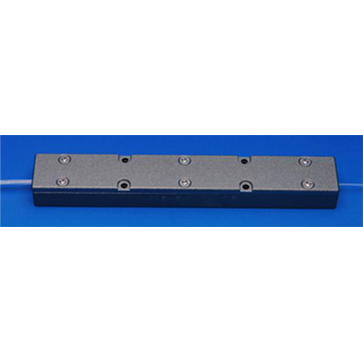Ⅰ. Optical module and fiber optic transceiver
With the development of science and technology and the acceleration of urban information technology, the requirements for communication technology are getting higher and higher. Optical fiber, with its advantages of fast transmission speed, long distance, safety and stability, anti-interference, convenient capacity expansion, has become more and more the first choice for people in communication laying. We often see the need for long-distance data transmission in intelligent building projects, basically using optical fiber transmission. The connection requires optical modules and optical transceivers. Many users have doubts about the use of optical modules and optical transceivers. How to connect the two? What are the precautions?
Ⅱ. The difference between optical modules and optical transceivers
1. An optical module is a function module, or an accessory. It is a passive device that cannot be used independently. Fiber optic transceiver is a functional device, is a separate active device, plus power can be used alone.
2. The optical module itself can simplify the network and reduce the number of faults. However, the use of optical transceivers increases the number of devices, which greatly increases the failure rate and occupies too much cabinet storage space.
3. The optical module supports hot swap and the configuration is relatively flexible. Optical transceivers are relatively fixed, so replacing and upgrading them can be much more troublesome than optical modules.
4. The optical module is more expensive than the fiber optic transceiver, but relatively stable, not easy to damage; The optical transceiver is economical and practical, but the transmission loss accounts for about 30% when considering the power adapter, optical fiber state, network cable state and other factors.
5. The optical module is mainly used in optical network communication equipment such as aggregation switch, core router, DSLAM, OLT and other equipment optical interface, such as: computer video, data communication, wireless voice communication and other optical network backbone; Optical fiber transceivers are used in actual network environments where Ethernet cables cannot be covered and optical fibers must be used to extend the transmission distance. They are usually located at the access layer of broadband MAN.
In addition, some points should be noted when connecting the optical transceiver and the optical module. The wavelength and transmission distance must be the same. For example, the wavelength is 1310nm or 850nm at the same time, and the transmission distance is 10km. Optical fiber jumpers or pigtails can be connected only through the same interface. Generally, optical transceivers use the SC port and optical modules use the LC port. This point in the procurement will be prompted to choose the interface type. The speed of the optical transceiver and optical module must be the same. For example, the gigabit transceiver corresponds to the 1.25 Gbit/s optical module, and the gigabit transceiver connects to the 100 Gbit/s optical module, and the gigabit transceiver connects to the gigabit optical module. The optical fibers used in the optical module must be of the same type: single-fiber to single-fiber, dual-fiber to dual-fiber.

 EN
EN



